The world of pet snakes has evolved dramatically over the decades, transforming from simple wild-type specimens to a kaleidoscope of captivating colors and patterns through selective breeding. These genetic variations, known as “morphs,” have revolutionized reptile keeping, making snakes more accessible and appealing to a wider audience of enthusiasts. Today’s reptile expos and specialized breeders showcase an astonishing array of morphs that would have been unimaginable just a few decades ago. From vibrant albinos to complex pattern mutations, these specialized snake varieties have captured the imagination of collectors and casual keepers alike, creating a thriving industry dedicated to developing ever more spectacular variations of our favorite serpent species.
Understanding Snake Morphs: Genetics Behind the Beauty

Snake morphs represent genetic mutations that affect pigmentation, pattern, or scale texture, creating unique visual variations within a species. These genetic traits can be inherited in different ways – some are dominant, requiring only one copy of the gene to show the trait, while others are recessive, requiring two copies to express visibly. Co-dominant genes create one appearance when a single copy is present and a different “super form” when two copies exist. The complexity increases with polygenic traits, where multiple genes interact to create particular appearances, explaining why some morphs can be unpredictable in breeding projects. Understanding these genetic principles is essential for breeders working to develop new combinations and for owners wanting to appreciate the rarity and development of their unique pet.
Ball Python Albino Morph: The Classic Yellow and White Beauty

The Albino Ball Python represents one of the most recognizable and influential morphs in the reptile hobby, characterized by its striking absence of dark pigmentation. These snakes display vibrant yellow to orange body colors with distinctive white patterns where black would normally appear, and their most distinctive feature is their pink to red eyes resulting from the lack of melanin. First established in captive breeding during the 1990s, this recessive mutation quickly became a cornerstone of the morphing industry, serving as a foundation for countless combination morphs. The Albino’s popularity stems not only from its visual appeal but also from its relatively unchanged care requirements compared to wild-type specimens, making it both an attractive and practical choice for snake enthusiasts of various experience levels.
Ball Python Pastel Morph: Brightened Colors and Brilliance

The Pastel morph represents one of the most influential co-dominant mutations in the Ball Python world, known for brightening the snake’s base coloration to create a more vibrant appearance. Pastel Ball Pythons typically display enhanced yellow and gold tones with reduced dark pigmentation, giving them a “cleaner” and more vibrant look compared to wild-type specimens. The co-dominant nature of this gene means that when two Pastels are bred together, they can produce “Super Pastels” – snakes with even brighter coloration, reduced pattern, and sometimes a slight “blushing” effect where scales take on a pinkish hue. The Pastel gene has become a fundamental building block in creating complex combination morphs, as it reliably enhances other mutations it’s paired with, leading to its inclusion in many of today’s most sought-after designer snakes.
Ball Python Piebald Morph: The Striking Pattern Gaps

The Piebald morph stands as one of the most visually dramatic variations in the Ball Python world, characterized by random patches of unpigmented white skin interspersed with normally colored and patterned areas. This recessive mutation creates a unique “pinto” effect where portions of the snake appear to be missing their pattern entirely, replaced instead by pristine white sections that can vary dramatically from individual to individual. Some Piebalds display only small white patches while others are predominantly white with just a few spots of normal coloration, with this unpredictability adding to their appeal among collectors. The stark contrast between the normal pattern and the white patches creates a striking visual effect that remains highly desired in the hobby, with high-white specimens typically commanding premium prices for their spectacular appearance.
Ball Python Spider Morph: The Web-Like Pattern Controversy

The Spider morph Ball Python is immediately recognizable by its distinctive reduced pattern that resembles a spider’s web stretching along the snake’s body. These snakes typically display thin, interconnected lines of pattern against a brightened background color, often with a clean “racing stripe” down their spine and reduced blotching on their sides. Despite their visual appeal, Spider morphs have become controversial in the reptile hobby due to their association with neurological issues collectively referred to as the “Spider wobble” – a condition that can cause head tremors, poor coordination, and balance problems of varying severity. This genetic linkage between the pattern and neurological effects has led some countries and reptile shows to ban the breeding and sale of Spider morphs, creating ongoing ethical debates within the breeding community about the morph’s future.
Corn Snake Amelanistic (Candy Cane): Red and White Wonders

The Amelanistic corn snake, commonly known as the Candy Cane morph, displays a striking appearance defined by the complete absence of black pigmentation. These snakes showcase vibrant red or orange saddle markings against a clean white or cream background, creating a high-contrast pattern reminiscent of a candy cane’s distinctive stripes. The eyes of these snakes are typically ruby red due to the lack of melanin, adding to their otherworldly appearance. Amelanism is one of the earliest identified mutations in corn snakes and has become a fundamental component in numerous combination morphs. Their exceptional visual appeal combined with the corn snake’s naturally docile temperament and straightforward care requirements have made Candy Cane corn snakes perennial favorites among both beginner and experienced reptile keepers.
Corn Snake Tessera Morph: The Pattern Revolution

The Tessera morph represents one of the most dramatic pattern mutations available in corn snakes, completely restructuring the traditional saddle pattern into longitudinal stripes and intricate lattice-work designs. Unlike other pattern morphs that simply modify the existing saddle pattern, Tessera transforms it entirely, creating bold stripes running down the length of the snake with interconnected markings that create a maze-like appearance. The mutation is dominant, meaning even heterozygous (single-gene) specimens display the full Tessera pattern, making it a rapidly popularized morph after its discovery. When combined with color mutations like Amelanistic or Anery, the Tessera pattern creates some of the most visually distinctive corn snakes available in the hobby, with combinations like Tessera Bloodred producing snakes that are almost unrecognizable from their wild-type counterparts.
Corn Snake Scaleless: The Smooth Innovation

The Scaleless corn snake represents one of the most tactilely unique morphs available in the reptile hobby, characterized by the absence of traditional scales over most of its body. These remarkable snakes maintain tiny vestigial scales on their belly (ventral scales) for locomotion purposes, but their dorsal surface feels smooth and almost velvety to the touch, creating an entirely different handling experience compared to normal scaled corn snakes. The mutation is recessive, requiring both parents to contribute the gene for offspring to express the scaleless trait. While visually similar to normal corn snakes in pattern and color, their scale-free appearance gives them a glossier, more vibrant look as light reflects differently off their skin. Scaleless corn snakes require some special care considerations, including more careful humidity management and gentler handling to protect their more vulnerable skin.
Boa Constrictor Hypo (Salmon): The Subtle Elegance

The Hypomelanistic or “Hypo” boa constrictor, often called the Salmon Boa, displays a striking reduction in dark pigmentation that transforms the snake’s appearance in subtle but beautiful ways. These boas maintain their traditional saddle pattern but with significantly reduced black borders and speckling, resulting in a cleaner, brighter appearance with enhanced red, pink, and salmon tones that give the morph its common name. The Hypo gene is incomplete dominant (co-dominant), meaning that homozygous “Super Hypos” display even further reduction in dark pigmentation with almost no black visible in their pattern. One of the most distinctive features of Hypo boas is their clear, unblemished belly, which lacks the typical black speckling seen in normal boas, creating a clean, unmarked ventral surface that breeders use to verify the morph. Their combination of visual appeal and the boa’s naturally docile temperament has made Hypo boas one of the most popular and accessible morphs in the boa constrictor hobby.
Boa Constrictor Motley: The Stripe Specialist

The Motley boa represents one of the most dramatic pattern mutations in boa constrictors, characterized by a fundamental reorganization of the snake’s traditional saddle pattern into continuous dorsal stripes. This recessive mutation causes the saddle patterns to connect along the spine, creating an unbroken stripe running the length of the snake, while the sides display clean, unmarked areas where pattern would normally appear. The most striking feature of Motley boas is their completely patternless, clean belly – a stark contrast to the heavily speckled ventral surface of normal boas and a key identifier for the morph. When combined with color mutations like Albino or Anery, the Motley pattern creates some of the most distinctive and sought-after boa constrictors in the hobby, with the clean pattern particularly showcasing bright colors in combinational morphs.
Reticulated Python Platinum: The Silver Sensation

The Platinum Reticulated Python represents one of the most striking color mutations in the world’s longest snake species, displaying a dramatic silvery-white appearance that transforms the traditional reticulated pattern. These magnificent pythons showcase a base color ranging from pale silver to almost pure white, with the traditional dark reticulations reduced to subtle lavender or silver-gray outlines that create an ethereal, ghostly appearance. The Platinum gene is a co-dominant mutation, with heterozygous (single gene) carriers displaying the characteristic silver coloration, while homozygous “Super Platinums” can appear almost pure white with minimal pattern. As these snakes mature, many develop a subtle yellow or gold iridescence that overlays their silver coloration, creating a multi-dimensional appearance that shifts in different lighting conditions. Their striking appearance combined with the imposing size of reticulated pythons makes Platinum retics particularly popular among experienced keepers looking for showcase specimens, though their specialized care requirements and potential size limit them to advanced reptile enthusiasts.
Kenyan Sand Boa Albino: The Underground Rainbow

The Albino Kenyan Sand Boa displays a striking combination of orange and yellow coloration that transforms this small, stout-bodied species into a vibrant pet option. Unlike normal sand boas that show brown and black patterns for camouflage in their native sandy habitats, albinos lack all melanin (black pigment), resulting in bright orange to tangerine body coloration with patterns displayed in cream or pale yellow. Their most distinctive feature is their pinkish-red eyes, characteristic of albinism across most reptile species. The compact size of Kenyan Sand Boas, typically reaching only 2-3 feet in length, combined with their striking albino coloration makes them particularly popular among apartment dwellers and those with limited space for larger snake species. Their natural burrowing behavior means these colorful snakes spend much of their time partially or completely submerged in their substrate, making substrate selection particularly important for owners wanting to observe their vibrant pet.
Caring for Morphs: Special Considerations

While most morphs require the same basic care as their wild-type counterparts, certain genetic variations can introduce special needs that responsible owners should address. Scaleless snakes, lacking the protective keratin scales, require environments with carefully controlled humidity and smooth enclosure features to prevent skin damage or irritation. Albino and other light-colored morphs typically show greater sensitivity to bright lighting due to their reduced pigmentation, necessitating more shaded hiding areas and less intense UVB exposure if used. Some morphs with neurological issues, like Spider ball pythons, may require feeding adaptations such as smaller prey items or specialized feeding techniques to accommodate their balance and coordination challenges. Additionally, certain morphs may display subtle differences in temperature preference or behavior that attentive keepers should observe and accommodate, making thorough research into your specific morph’s needs an essential part of responsible ownership.
The Ethics of Morph Breeding: Beauty vs. Health

The explosion of snake morphs has raised important ethical questions about the balance between aesthetic breeding goals and animal welfare. Some morphs, particularly those with known neurological issues like the Spider ball python or certain Jaguar carpet python lines, continue to generate controversy regarding whether breeding animals with inherent health challenges is justifiable regardless of their visual appeal. Another ethical consideration involves “proving out” new morphs, where breeders must conduct test breedings that may produce animals with unknown health outcomes or potentially lethal combinations – a practice that continues to spark debate about responsible innovation. The market demand for ever more extreme appearances has occasionally encouraged breeding for traits that affect quality of life, with industry self-regulation varying widely across different countries and breeding communities. Responsible enthusiasts increasingly emphasize the importance of prioritizing health, temperament, and function alongside aesthetic considerations, with many breeders now voluntarily moving away from producing known problematic morphs despite their continued popularity and profitability.
Conclusion

The world of snake morphs continues to evolve and expand, offering reptile enthusiasts an incredible diversity of patterns, colors, and combinations to appreciate. From the striking albinos that transformed the hobby decades ago to cutting-edge designer morphs combining multiple genetic traits, these captive-bred variations have created a fascinating intersection of art, science, and animal husbandry. While debates around certain morphs will likely continue, the responsible breeding, keeping, and appreciation of these unique animals reflects humanity’s endless fascination with the natural world and the possibilities of genetic diversity. Whether you’re drawn to the classic beauty of an Albino Ball Python or the revolutionary pattern of a Tessera Corn Snake, these remarkable animals offer a lifetime of appreciation for the wonders of genetics expressed through scales, patterns, and colors.


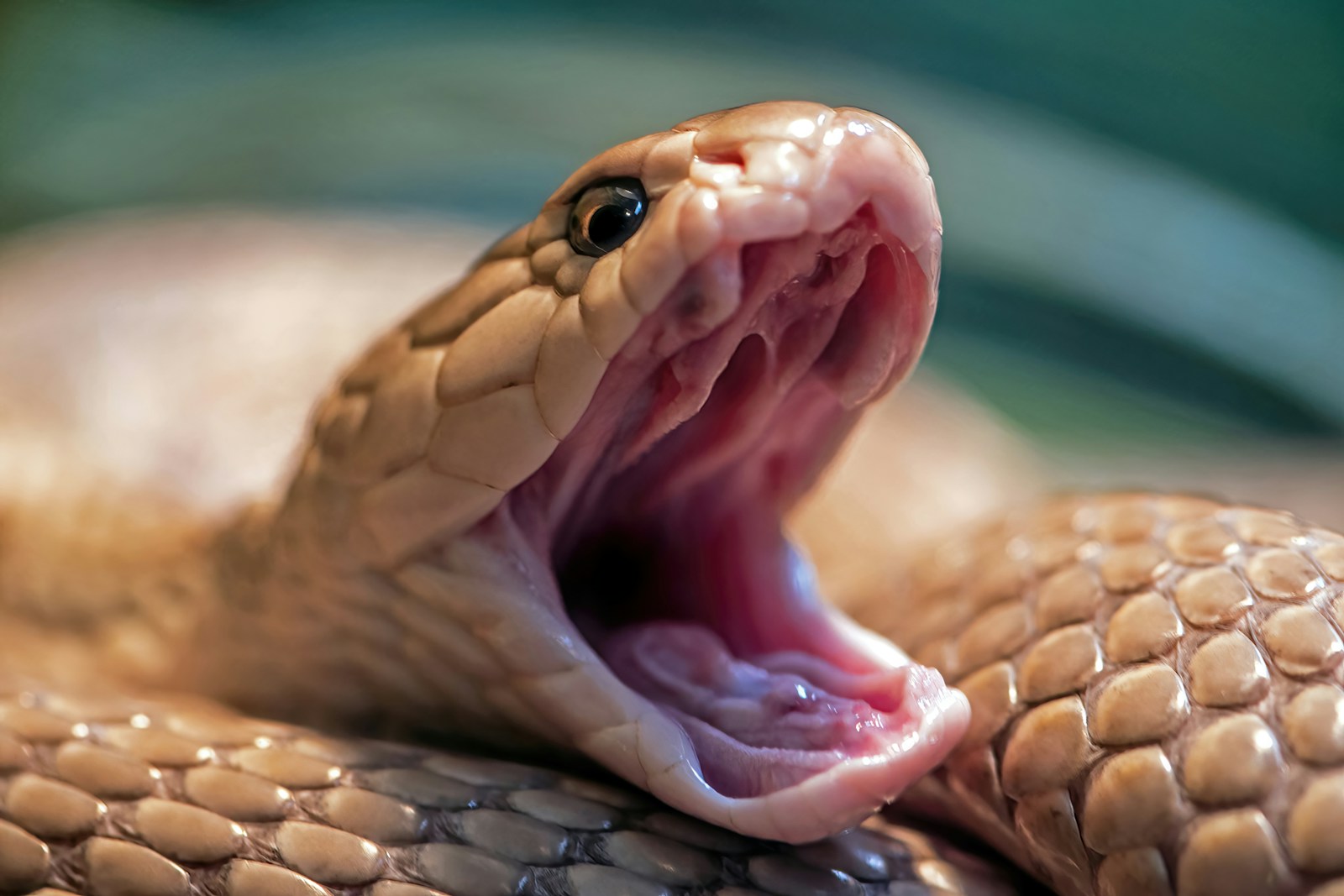

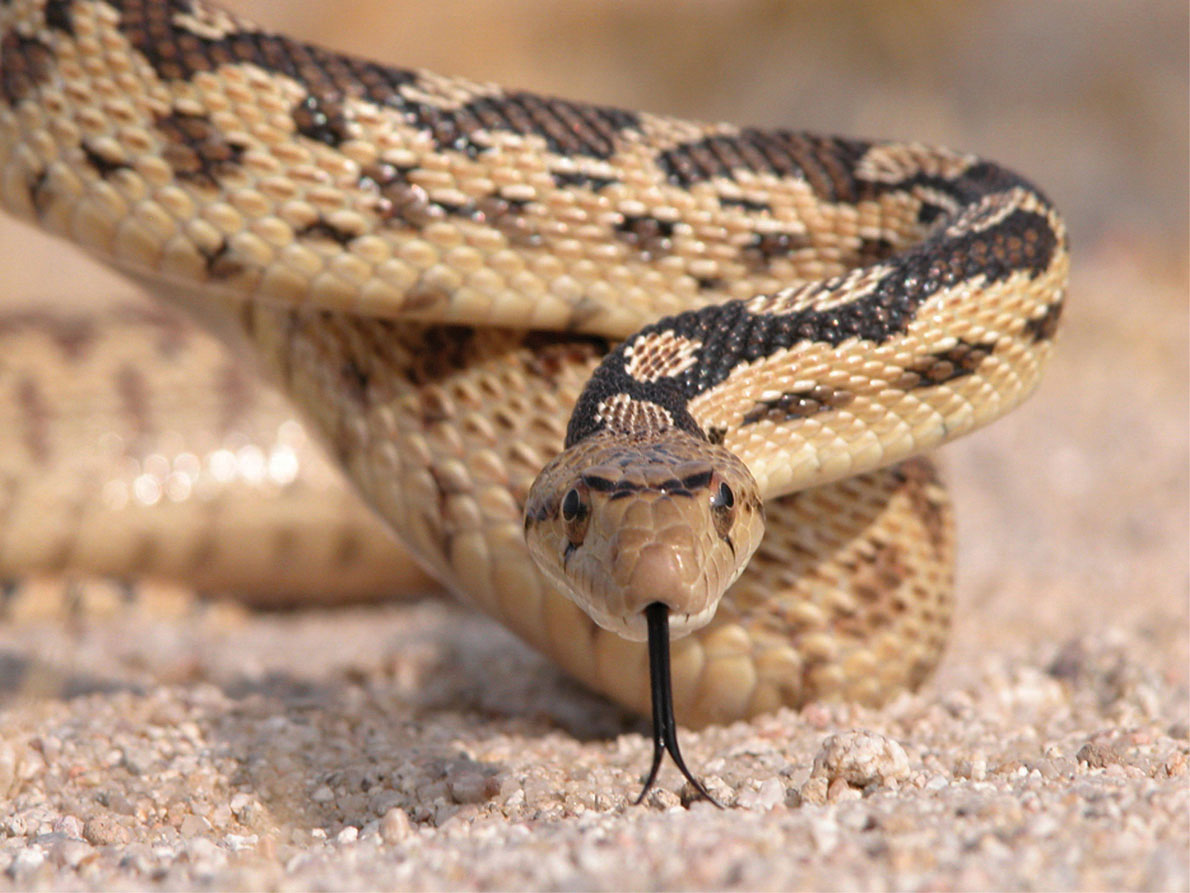
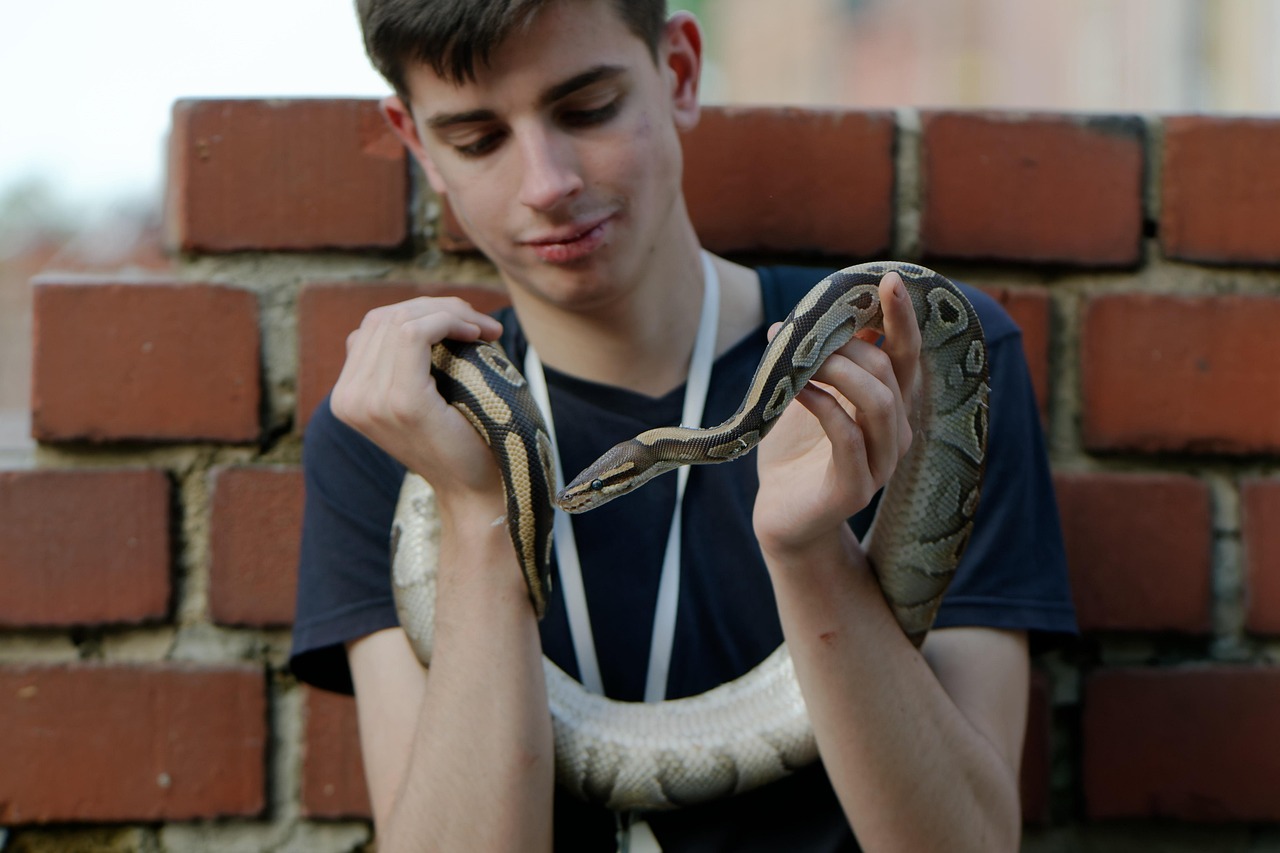
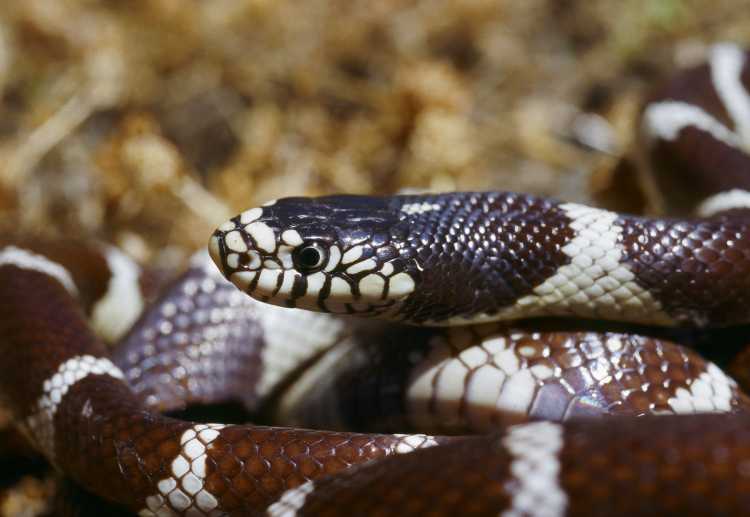
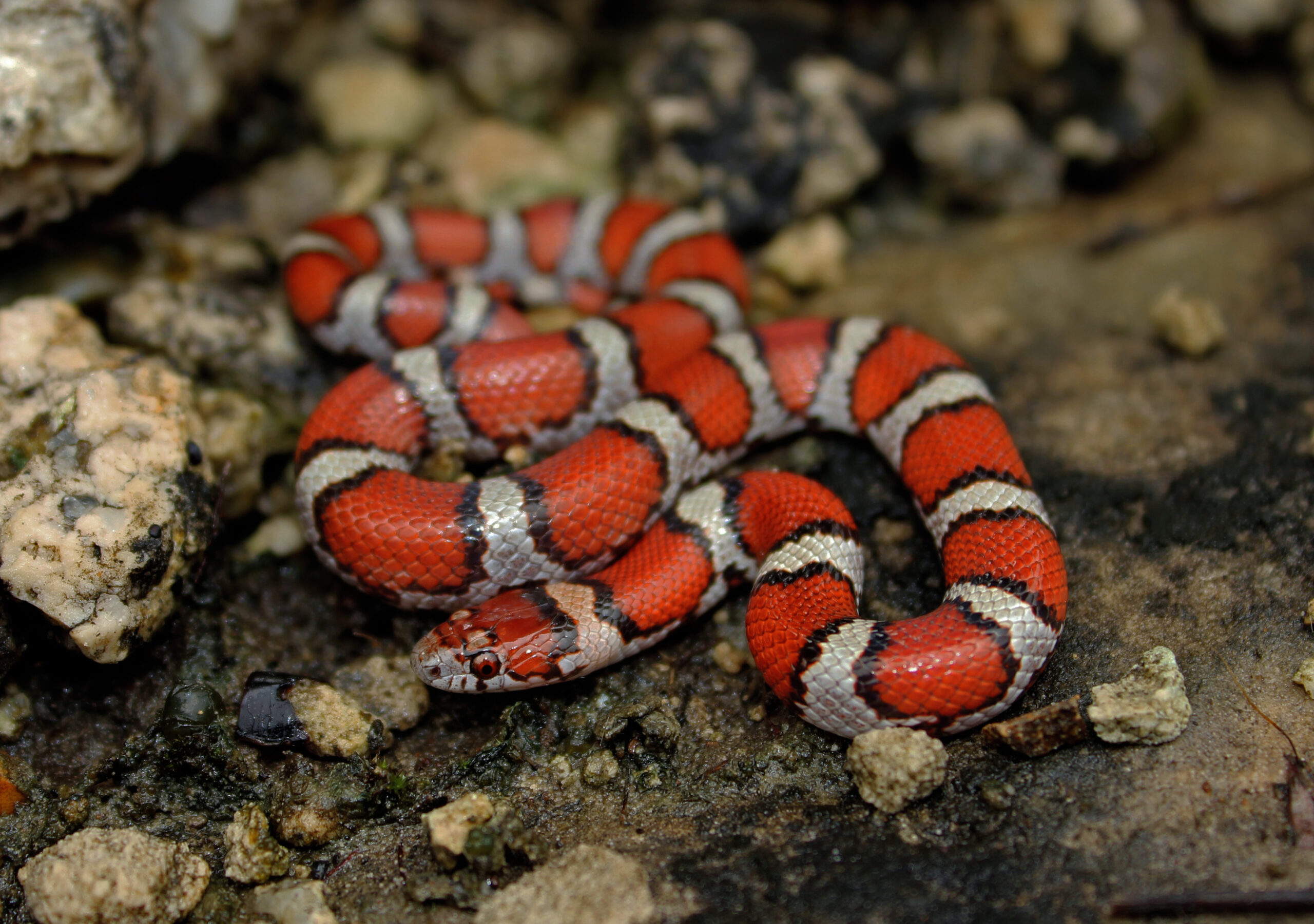








Leave a Reply